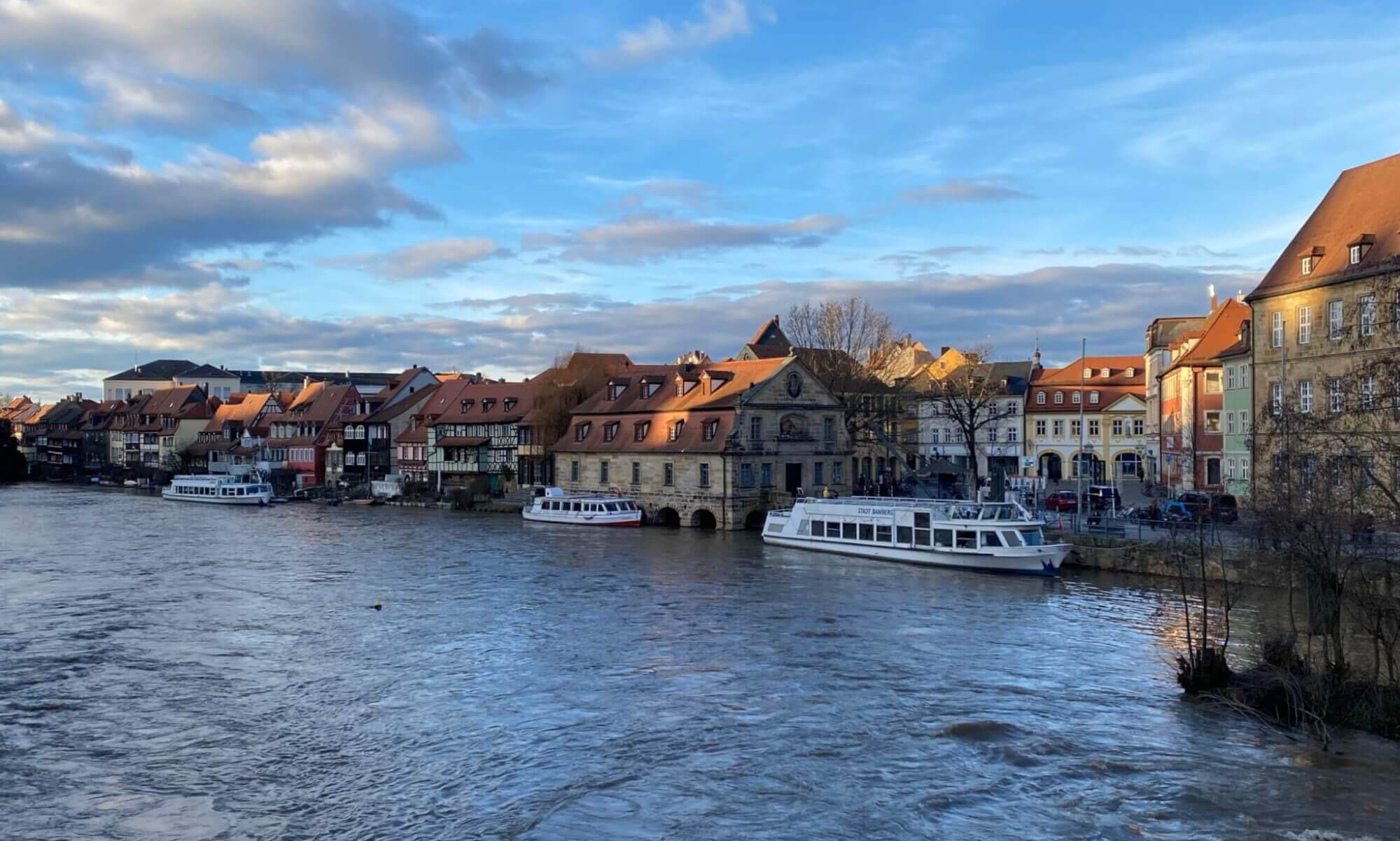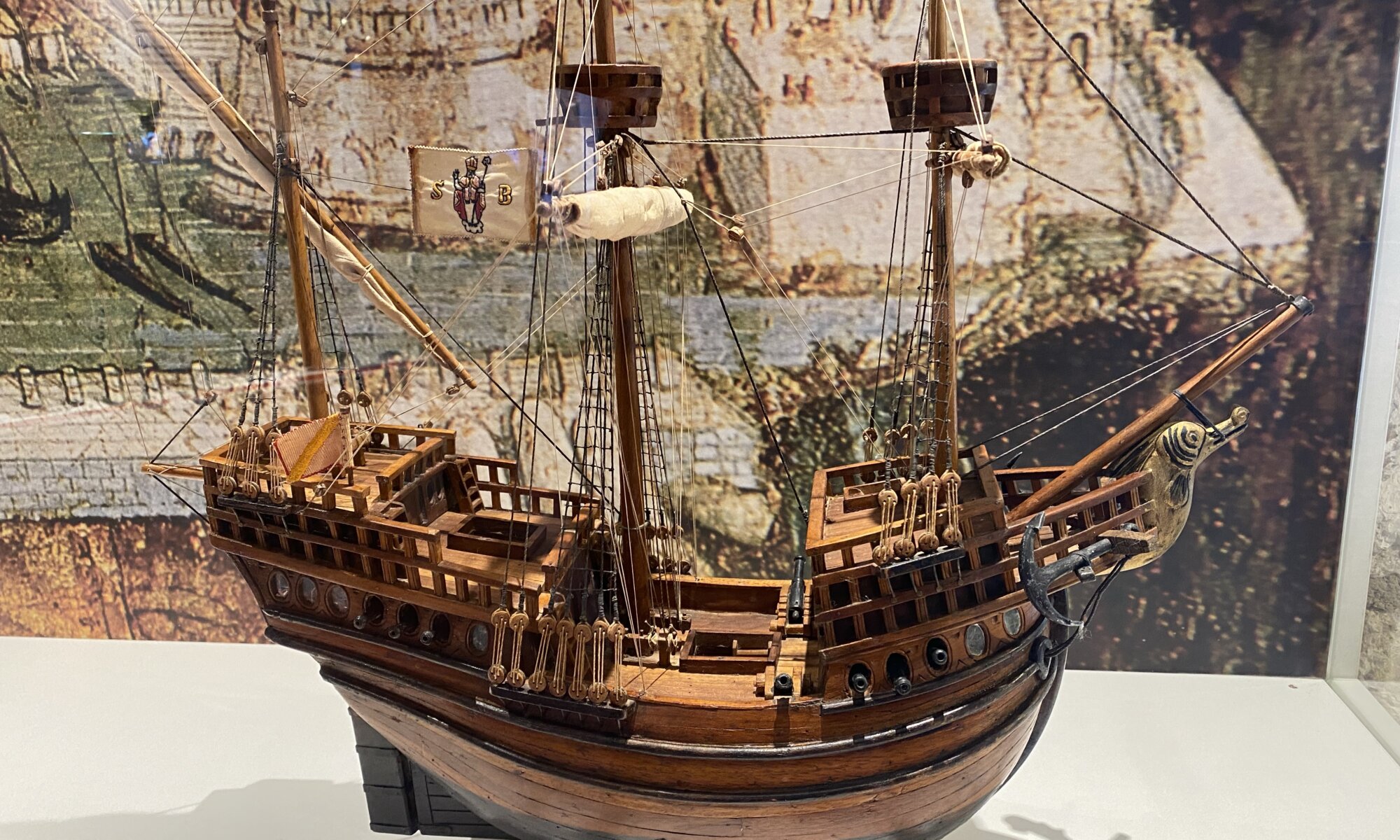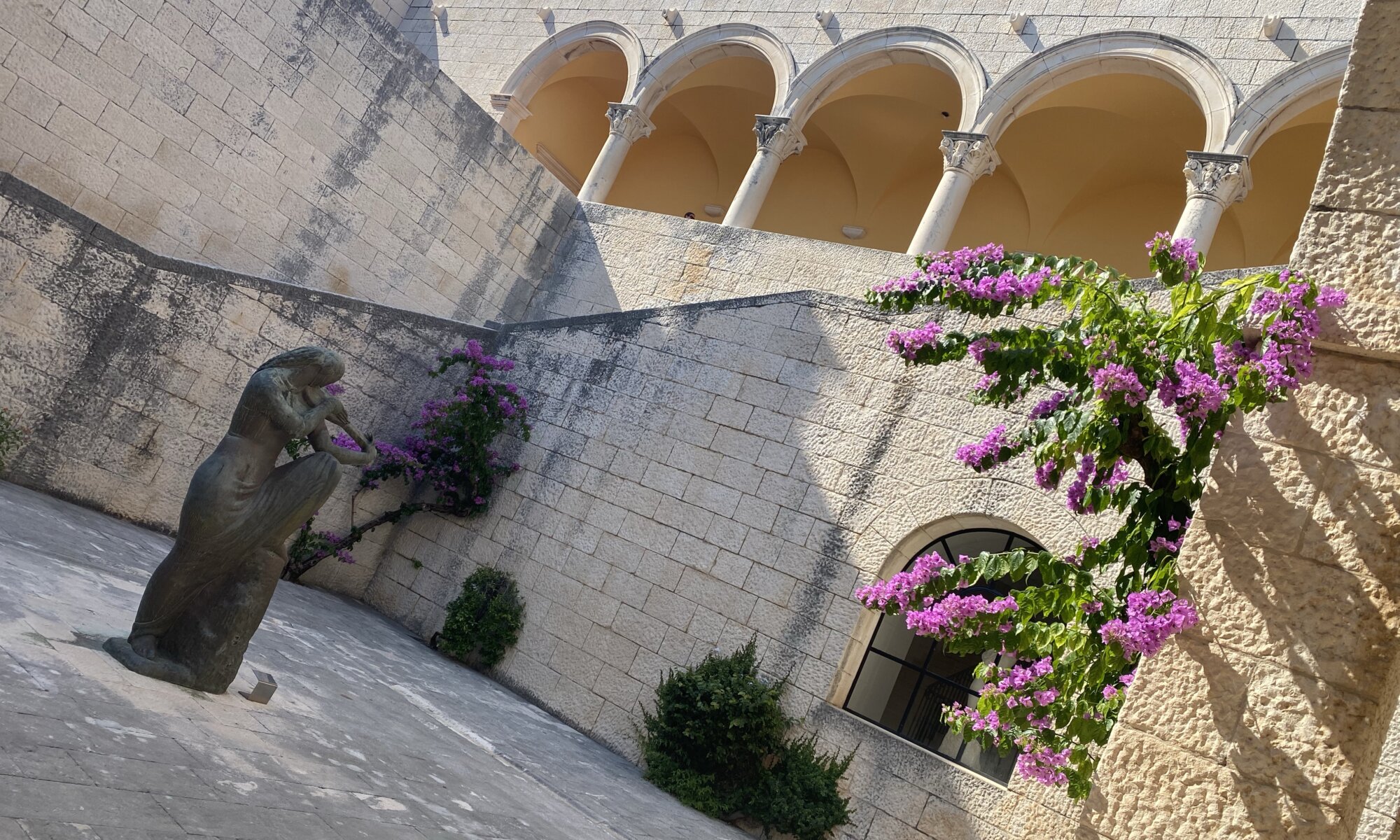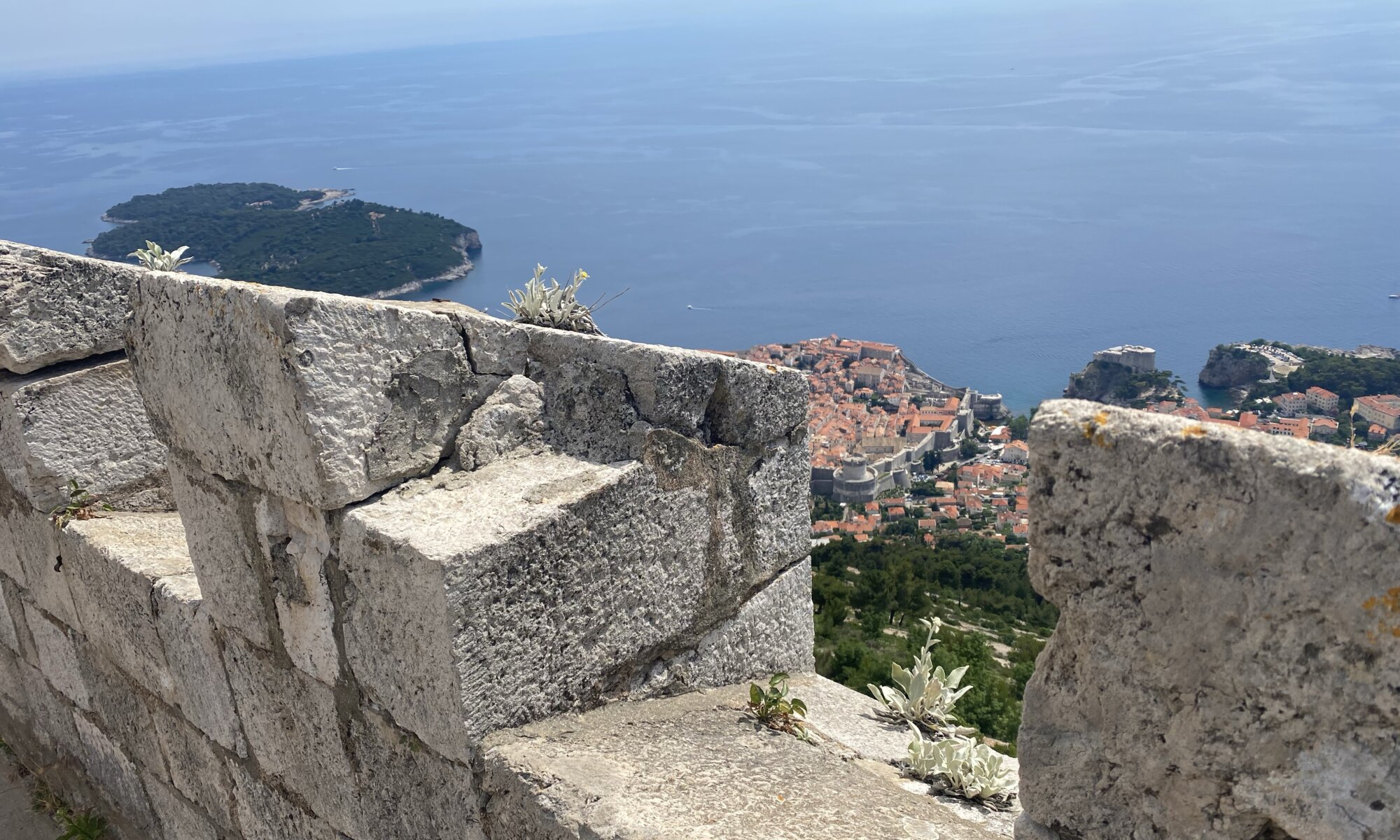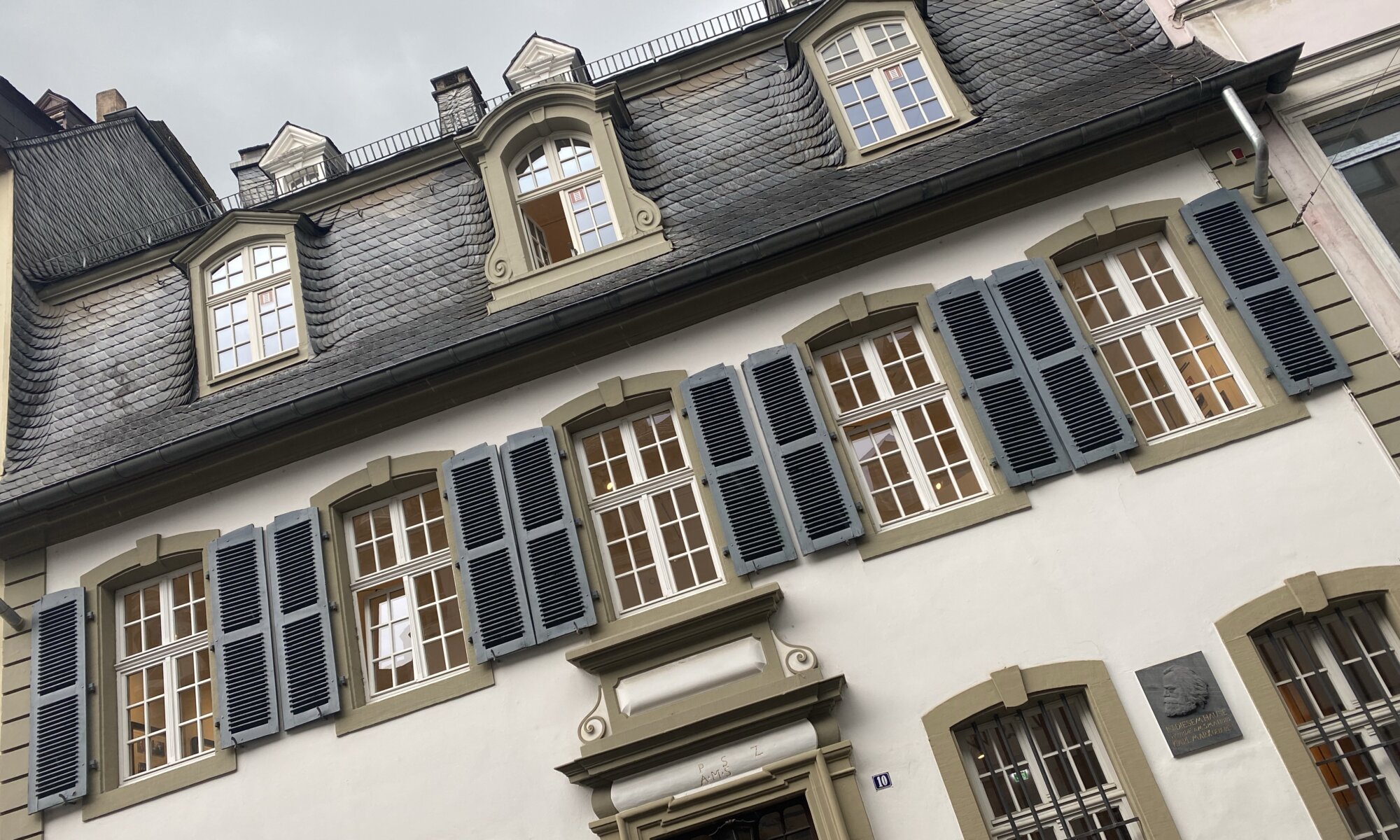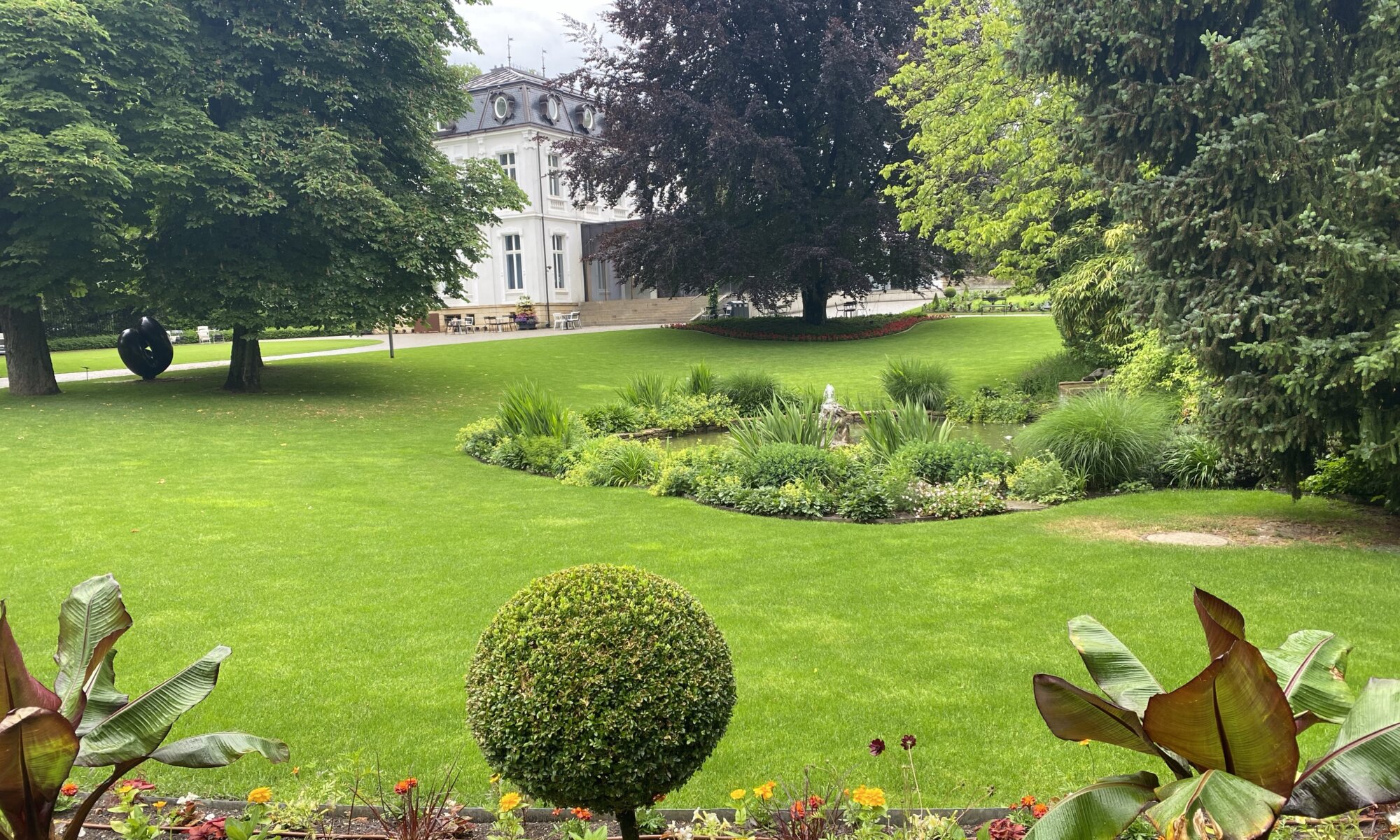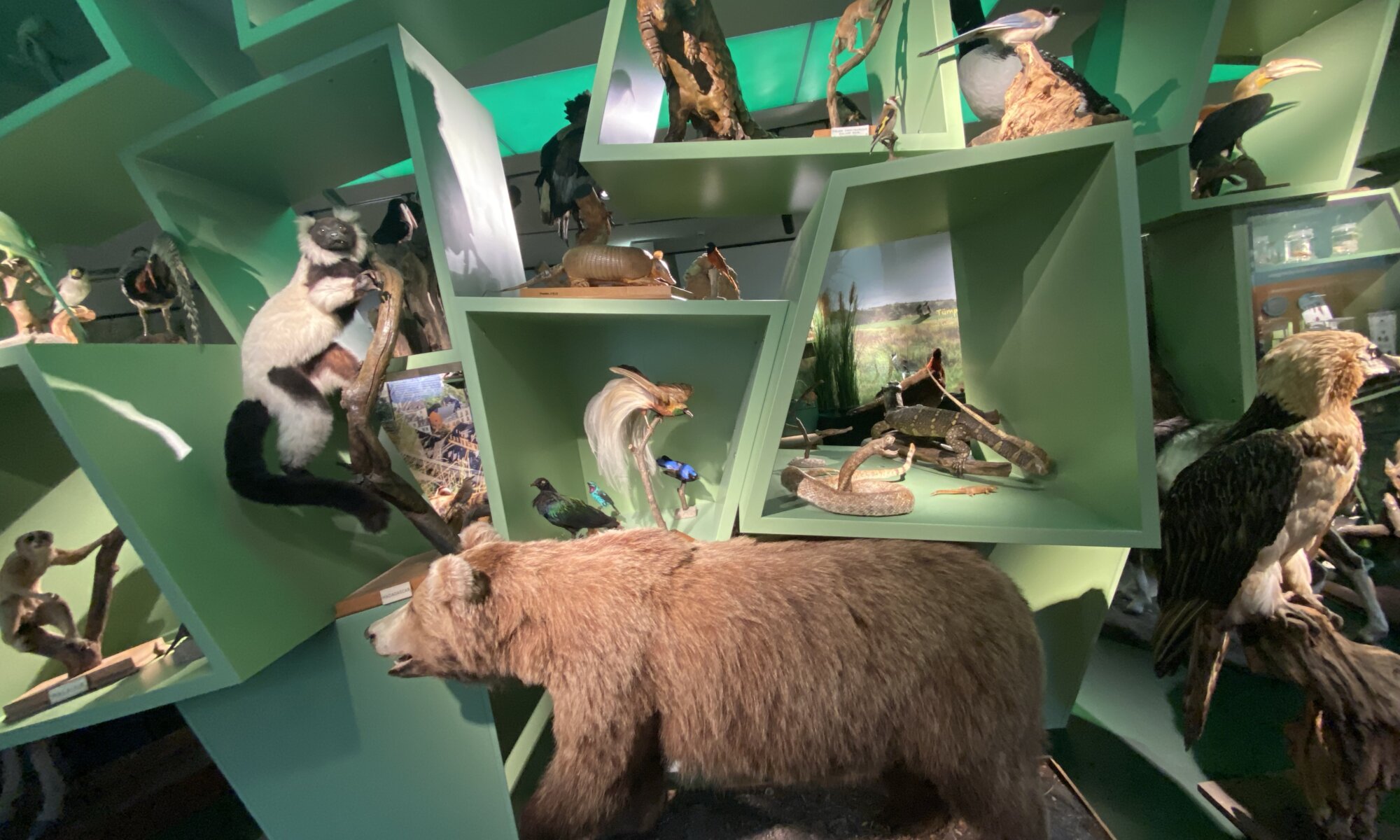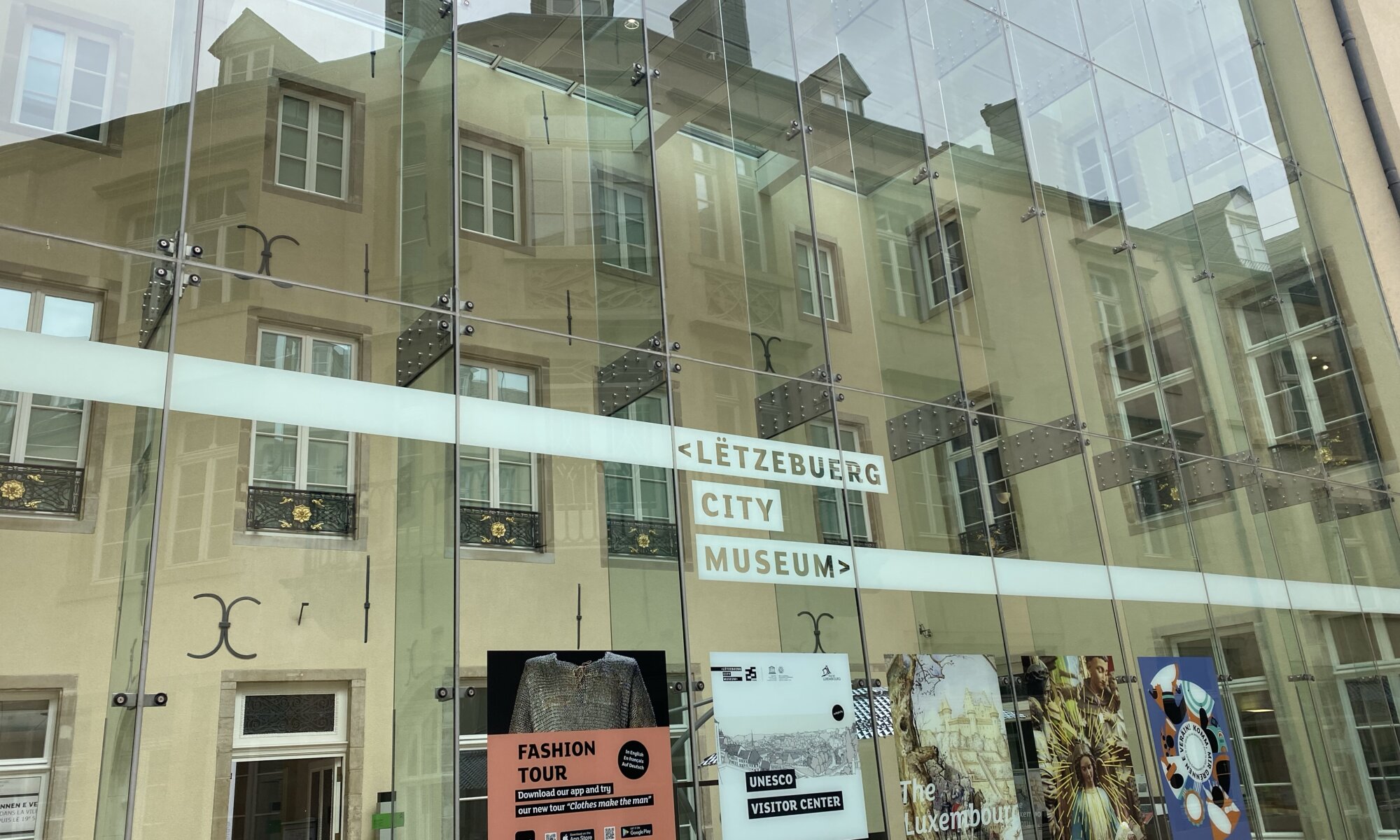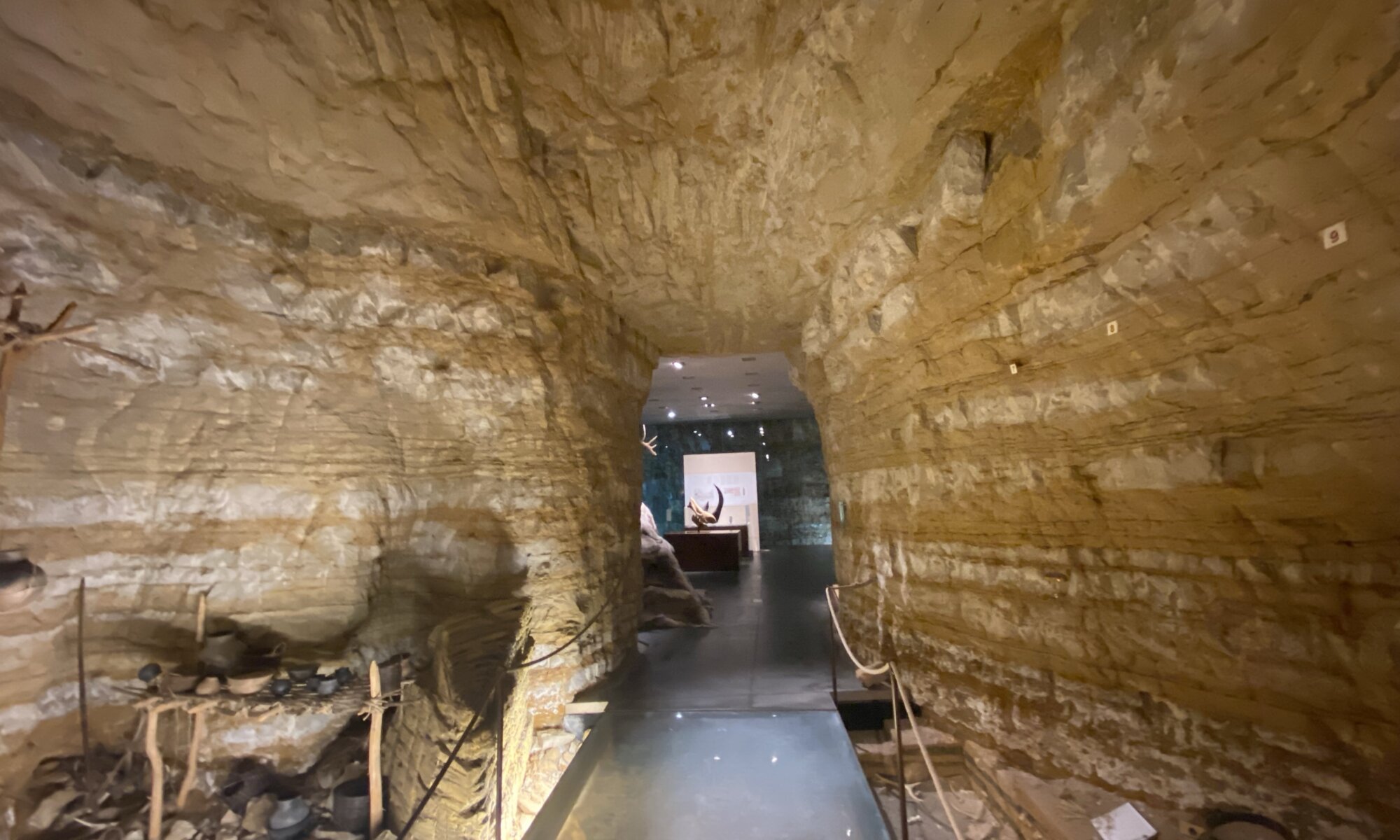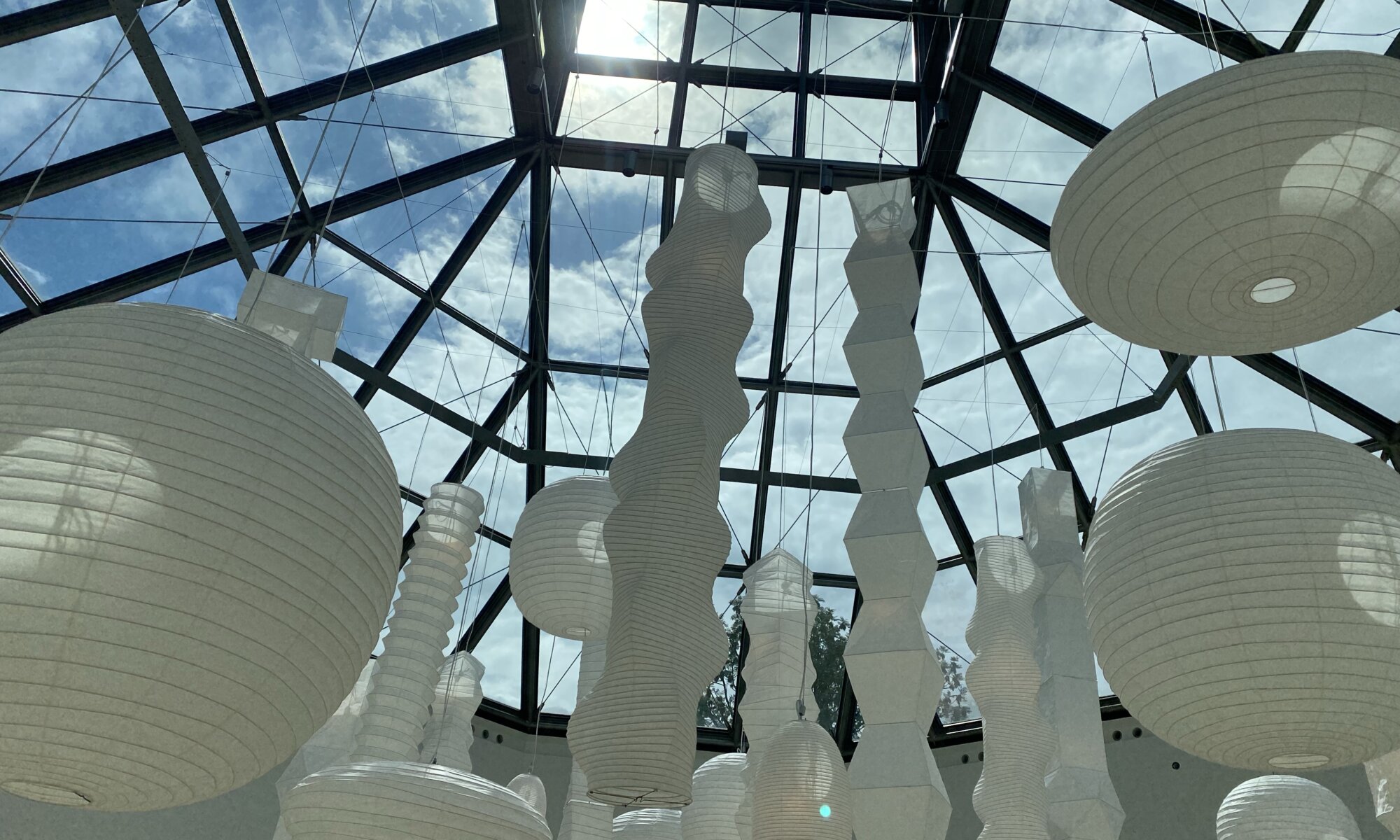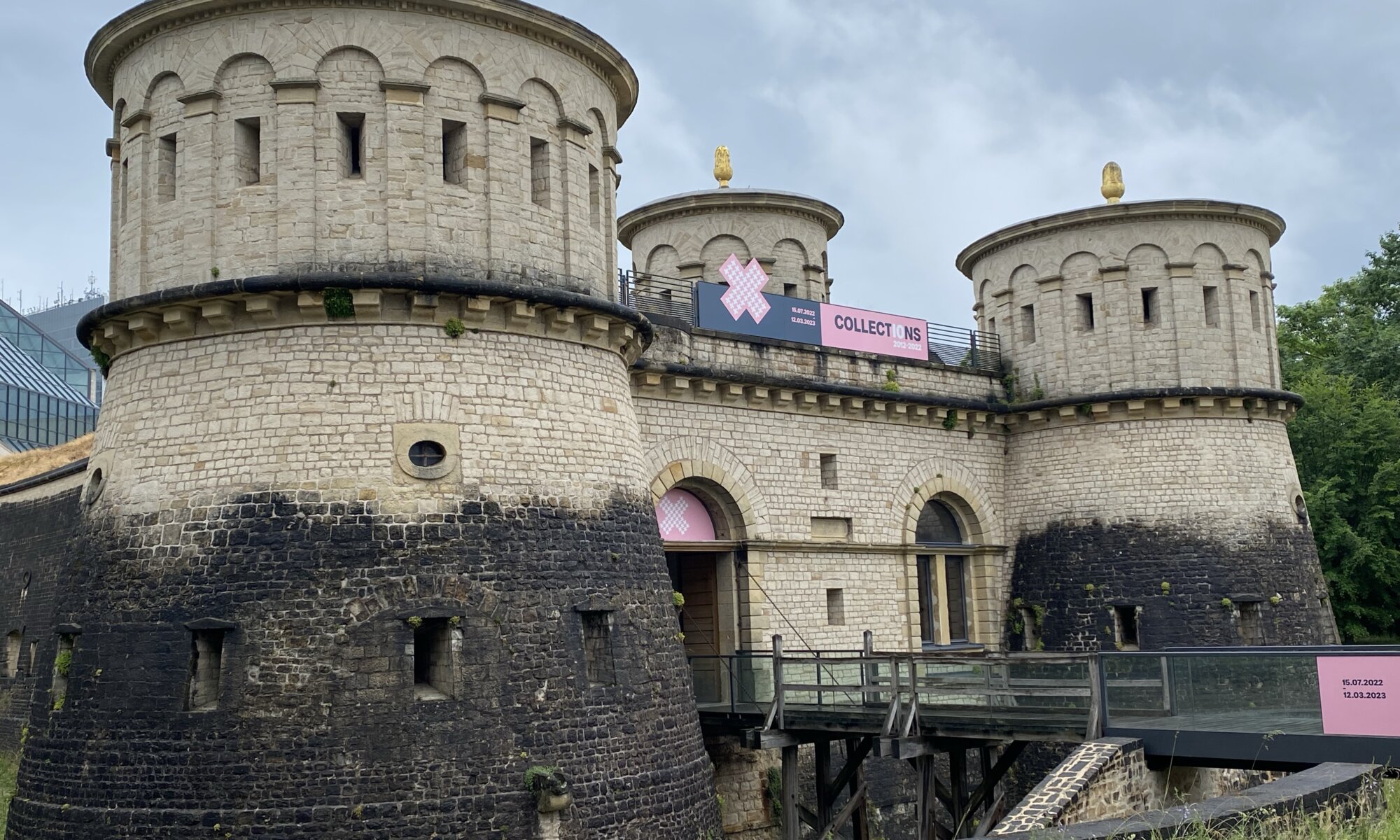Ragusa and later Dubrovnik were always seafaring cities. They received their wealth by trading goods via the Mediterranean sea and had large and well-known fleets. Therefore it is no surprise that within the old city walls you’ll find a small museum on seafaring history: the Pomorski Muzej or Maritime Museum.
Continue reading “Seafaring history”MOMAD
Dubrovnik hosts some small museums in the historic city center, especially on seafaring and natural history. If you want to enjoy a more modern and large museum you need to leave the city center through the Ploče gate towards the East. After some meters you’ll find the wonderful Museum of Modern Art (or short: MOMAD) close to the shore of the Mediterranean sea.
Continue reading “MOMAD”Under attack
It is rather uncommon that national states appear and disappear, but when it happens it is most often associated with large pain and bloodshed. That is especially true for Yugoslavia which was artificially created after World War I. It was planned as a state for south Slavic people, but this group was too heterogenous to grow together. Different ethnic groups, mostly Orthodox Serbs, Catholic Croatians and Muslim Bosniaks aimed either for predominance or autonomy. And Albanians, Hungarians, Macedonians, Montenegrins and Romani found themselves in between.
Continue reading “Under attack”Birthplace of Karl Marx
Most people in the world probably know Karl Marx: the author of the Communist Manifesto and Das Kapital (Capital: A Critique of Political Economy), the father of Marxism and famous thinker of the Socialist and Communist world. But did you know that he was born at Trier, Germany?
Continue reading “Birthplace of Karl Marx”Villa Vauban
Sébastien Le Prestre de Vauban was a French general and an expert in fortification building. He was responsible for many fortresses and fortifications in the French-speaking world and also created a fortress in Luxembourg. As a result of the London Conference of 1867 the fortification of Lëtzebuerg was removed and on the grounds of the former fortress built by Vauban a villa was created in 1873. As the rest of the fortifications has been converted into a large park, this villa is now standing in a nice green area close to the city center.
Continue reading “Villa Vauban”Natural history
It’s one of the perfect places when you have a rainy day at Lëtzebuerg: the Musée national d’histoire naturelle. The museum is modern, fun and educating; it gives you insight into natural history on three floors, from the big bang to life in the seas, from biodiversity in the city to minerals and volcanoes. Or you just use your time to watch leafcutter ants to their work.
Continue reading “Natural history”City history
Ready to learn more about the city of Lëtzebuerg? The Lëtzebuerg City Museum is a modern museum located close to the Chemin de la Corniche and it is just around the corner of the Palais Grand-Ducal. It was opened in 1996 on eight levels containing a standard exhibition on the history of the city and changing exhibitions. The architecture itself is wonderful: modern elements connect the historic buildings dating back to the 17th century CE.
Continue reading “City history”History on the rocks
When visiting Luxembourg you shouldn’t leave out the Musée national d’histoire et d’art. It is located at the fish market in the old town very close to the Casemates. Even if it would be completely empty this modern building would be worth a visit. It is like an iceberg – you just see some floors of a museum building in a contemporary style, but most of the museum is underground. The lower of the nine floors are carved into the rock and the archeological items exhibited blend with the rock surrounding it.
Continue reading “History on the rocks”Fortress of modern art
Next to the ancient Fort Thüngen you can find the MUDAM, the Musée d’Art Moderne Grand-Duc Jean. It is a wonderful modern building, with lavish rooms and many areas to explore. The museum was inaugurated in 2006 and has been designed by a Chinese architect.
Continue reading “Fortress of modern art”Fort Thüngen
When you climb up to the Kirchberg mountain or pass the bridge from the city center you’ll find the Fort Thüngen (or Draï Eechelen, Trois Glands). It is part of the extensive fortification system of the city of Luxembourg. The ancient fortress with its special structure would already be worth a visit, but within the old walls you can also find the Musée Dräi Eechelen.
Continue reading “Fort Thüngen”